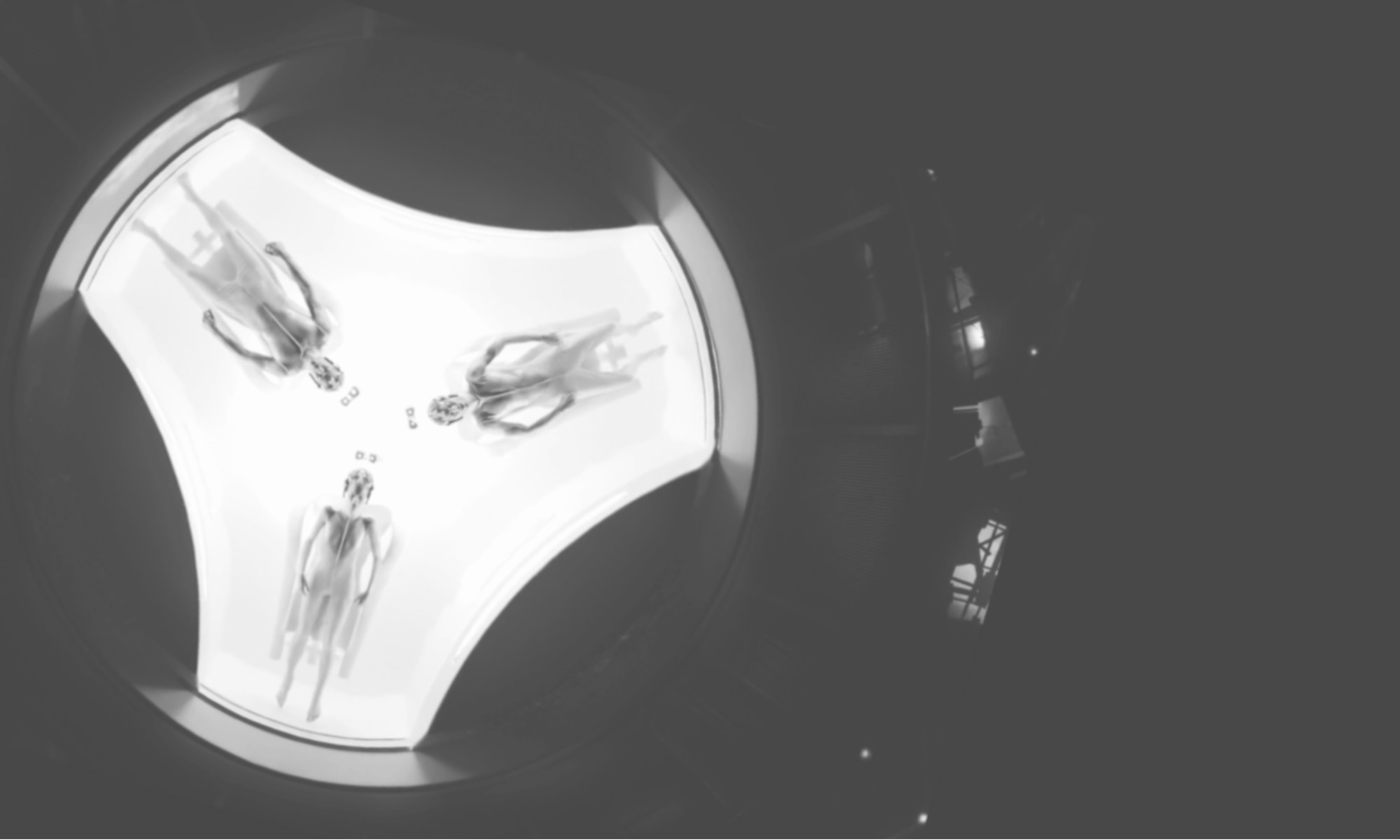> Introduction et sommaire de cette série
 1ère partie – Une loi obsolète
1ère partie – Une loi obsolète
Depuis 1988, l’article 922, paragraphe (p) de l’United States Code
est ainsi rédigé :
(1) It shall be unlawful for any person to manufacture, import, sell, ship, deliver, possess, transfer, or receive any firearm—
(A) that, after removal of grips, stocks, and magazines, is not as detectable as the Security Exemplar, by walk-through metal detectors calibrated and operated to detect the Security Exemplar; or
(B) any major component of which, when subjected to inspection by the types of x-ray machines commonly used at airports, does not generate an image that accurately depicts the shape of the component (…)
(2) For purposes of this subsection—
(A) the term “firearm” does not include the frame or receiver of any such weapon;
(B) the term “major component” means, with respect to a firearm, the barrel, the slide or cylinder, or the frame or receiver of the firearm; and
(C) the term “Security Exemplar” means an object, to be fabricated at the direction of the Attorney General, that is—
(i) constructed of, during the 12-month period beginning on the date of the enactment of this subsection, 3.7 ounces of material type 17–4 PH stainless steel in a shape resembling a handgun; and
(ii) suitable for testing and calibrating metal detectors. (…)
Certes, depuis l’entrée en vigueur de la loi, les modèles d’armes à feu en polymère se sont multipliés. Mais nous n’avons assisté à aucune prise de contrôle d’aéronef par des pirates de l’air armés exclusivement de Glock ou de Steyr-M. Ce n’est pas à la loi américaine sur les armes à feu indétectables qu’on le doit, mais bien plutôt au fait que ces pistolets demeurent des armes chères et relativement difficiles à se procurer. Mais surtout, contrairement à la rumeur, ces pistolets ne sont pas indétectables. Devant les mesures de sureté aux aéroports, il s’agit d’armes à feu comme les autres.
Continuer la lecture de « La loi américaine sur les armes à feu indétectables rate sa cible | 1/3 »








 Les couteaux de poche ne sont pas plus dangereux que les mains nues d’un terroriste, ou ses lacets de chaussures, sa ceinture, son stylo ou une flopée d’objets du quotidien qui peuvent être utilisés pour avoir le dessus sur des membres d’équipage ou des passagers.
Les couteaux de poche ne sont pas plus dangereux que les mains nues d’un terroriste, ou ses lacets de chaussures, sa ceinture, son stylo ou une flopée d’objets du quotidien qui peuvent être utilisés pour avoir le dessus sur des membres d’équipage ou des passagers.





